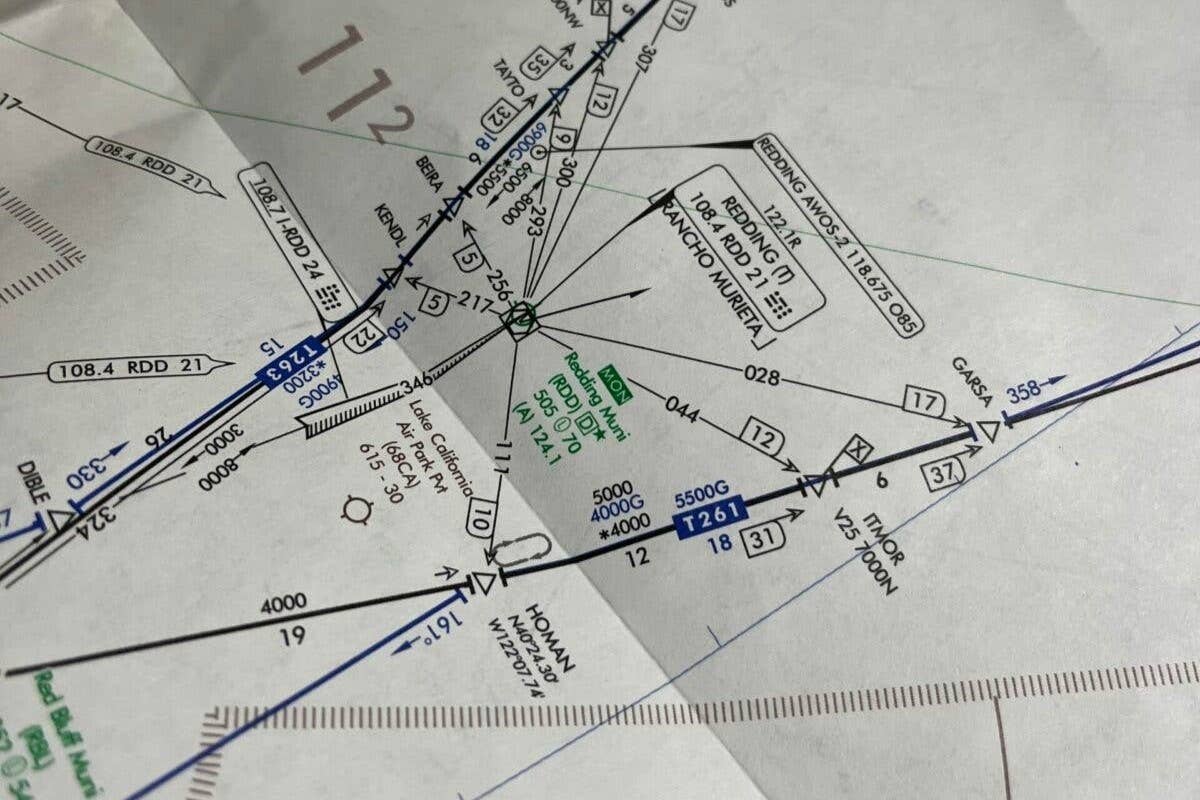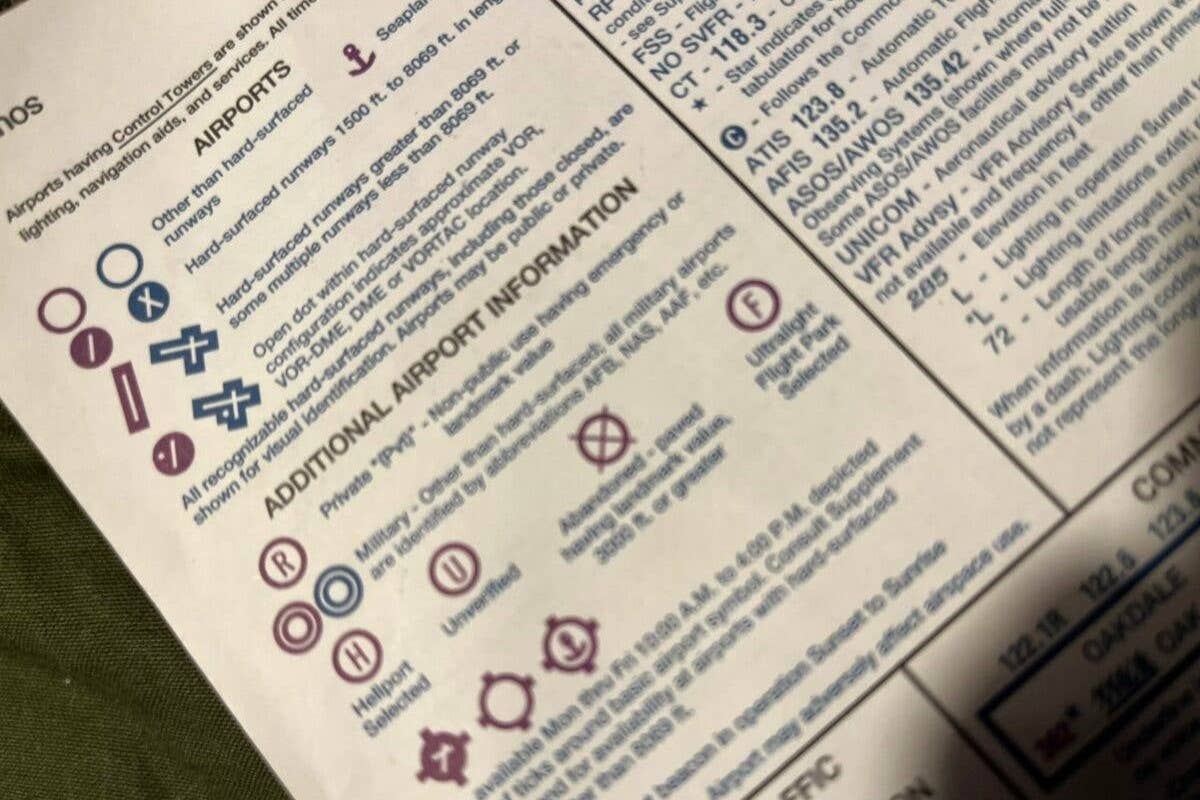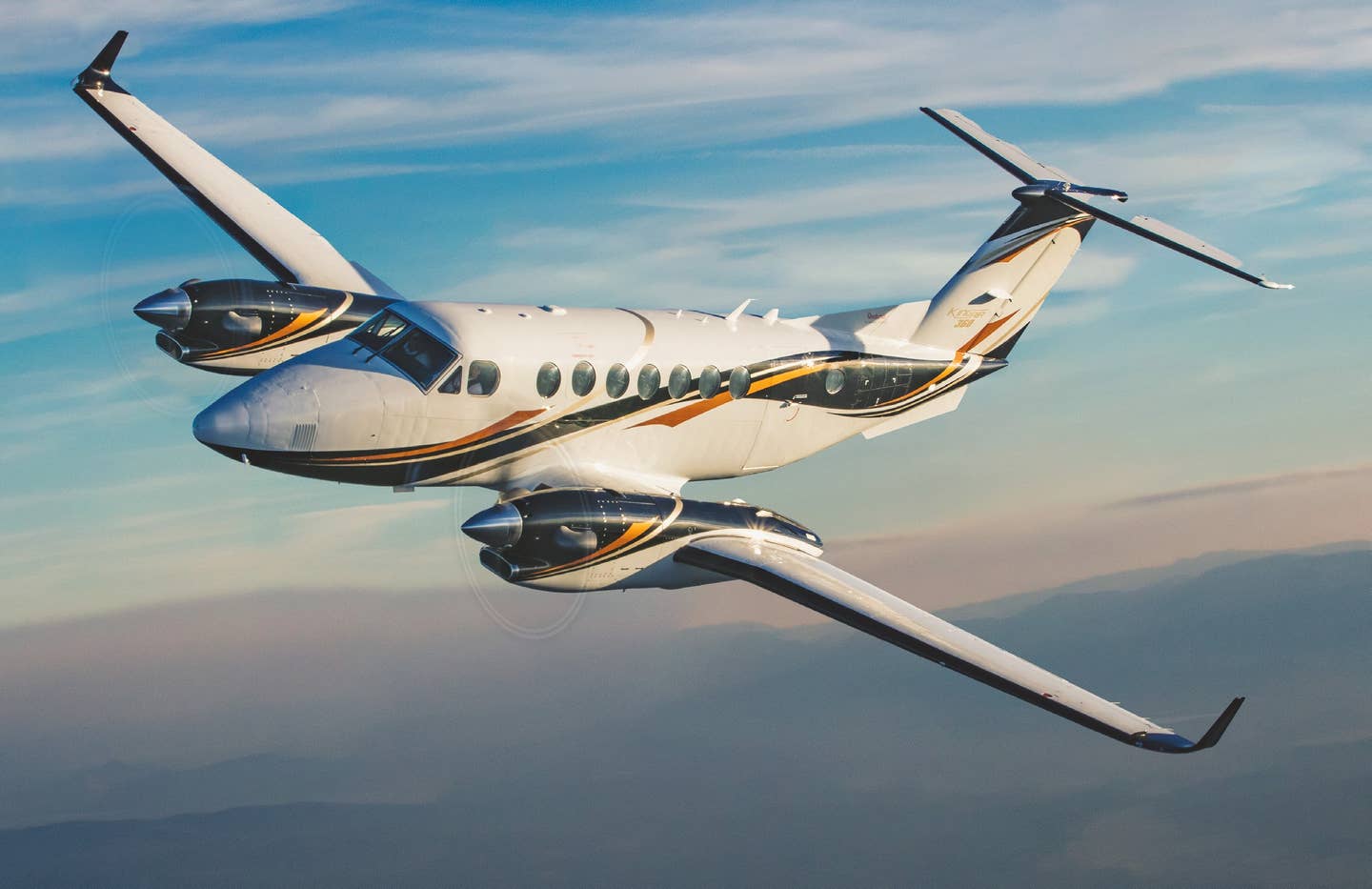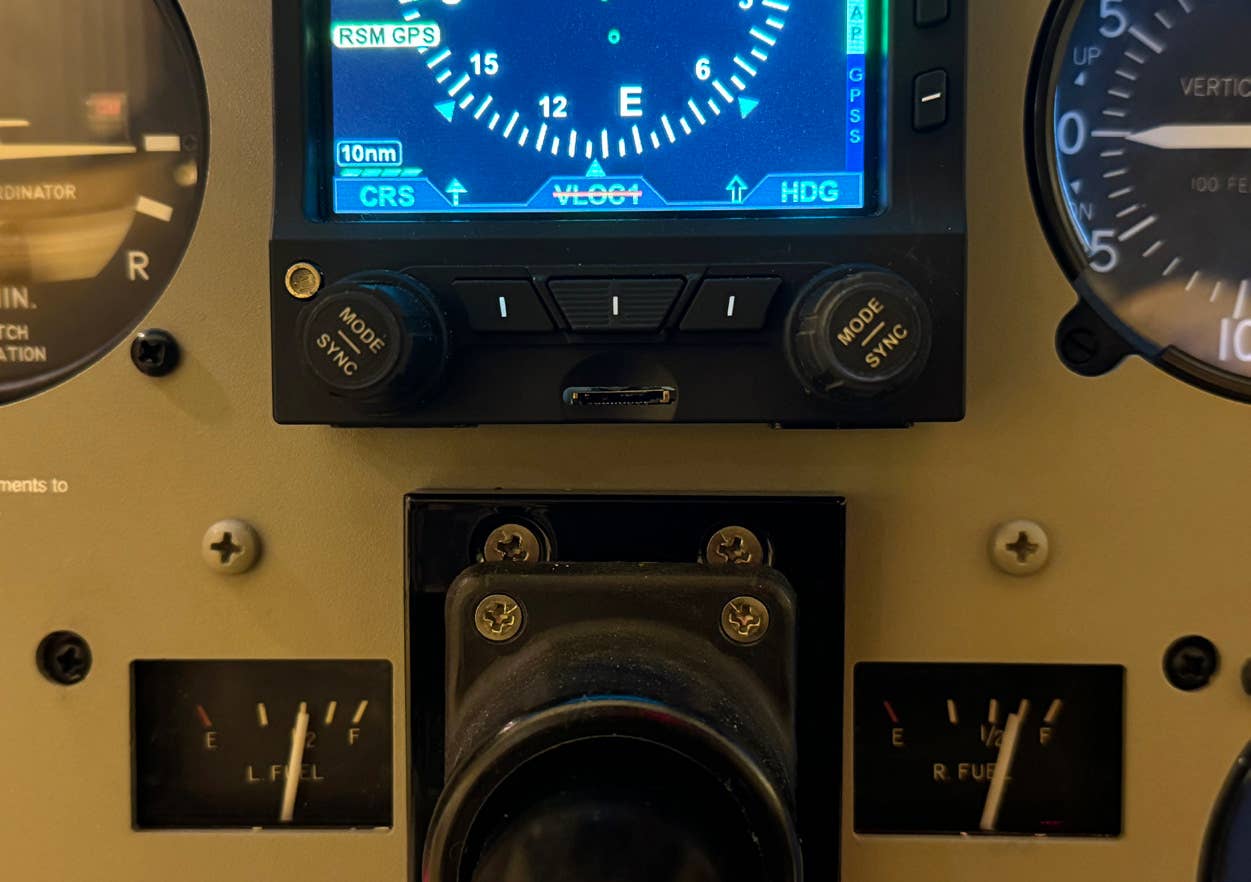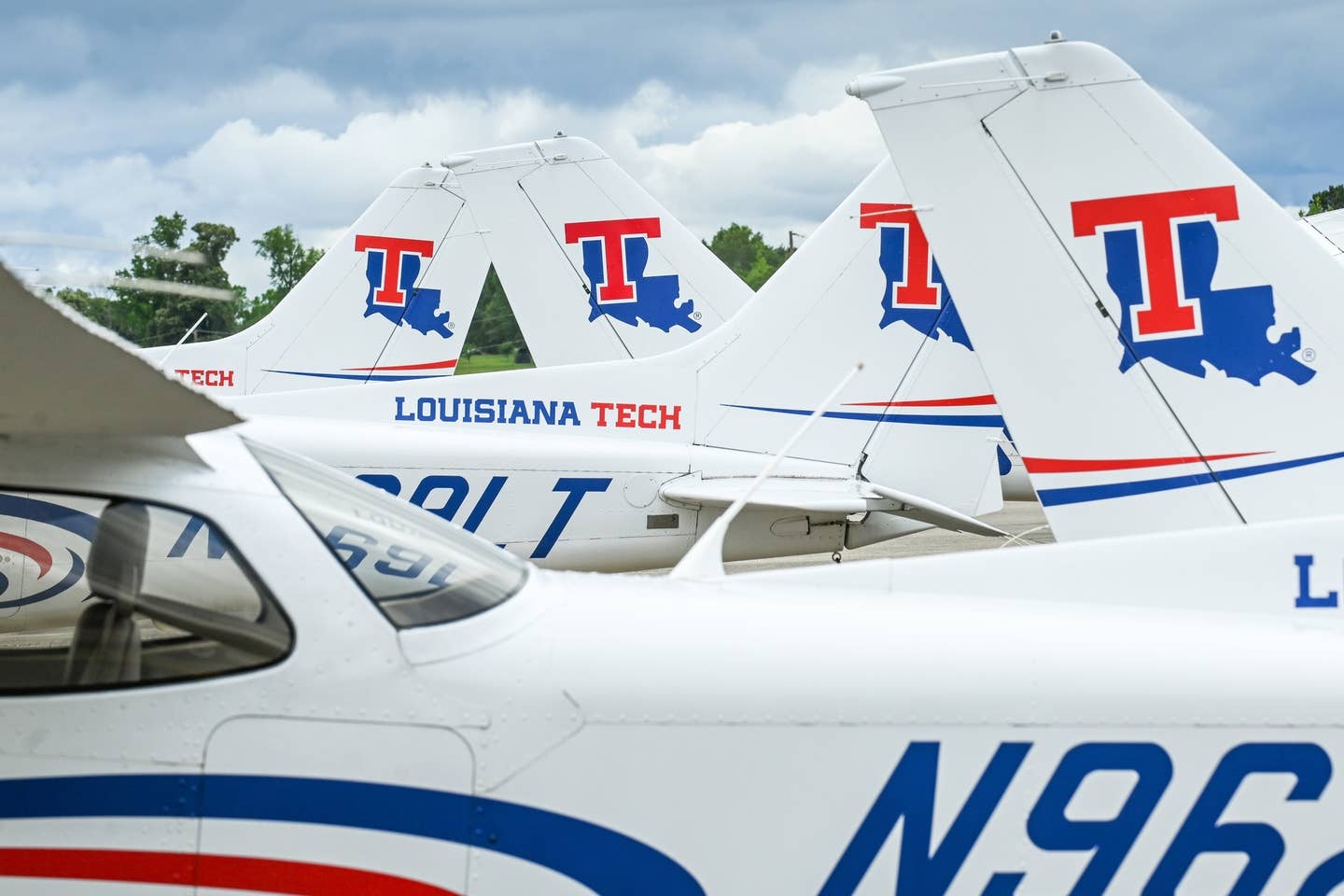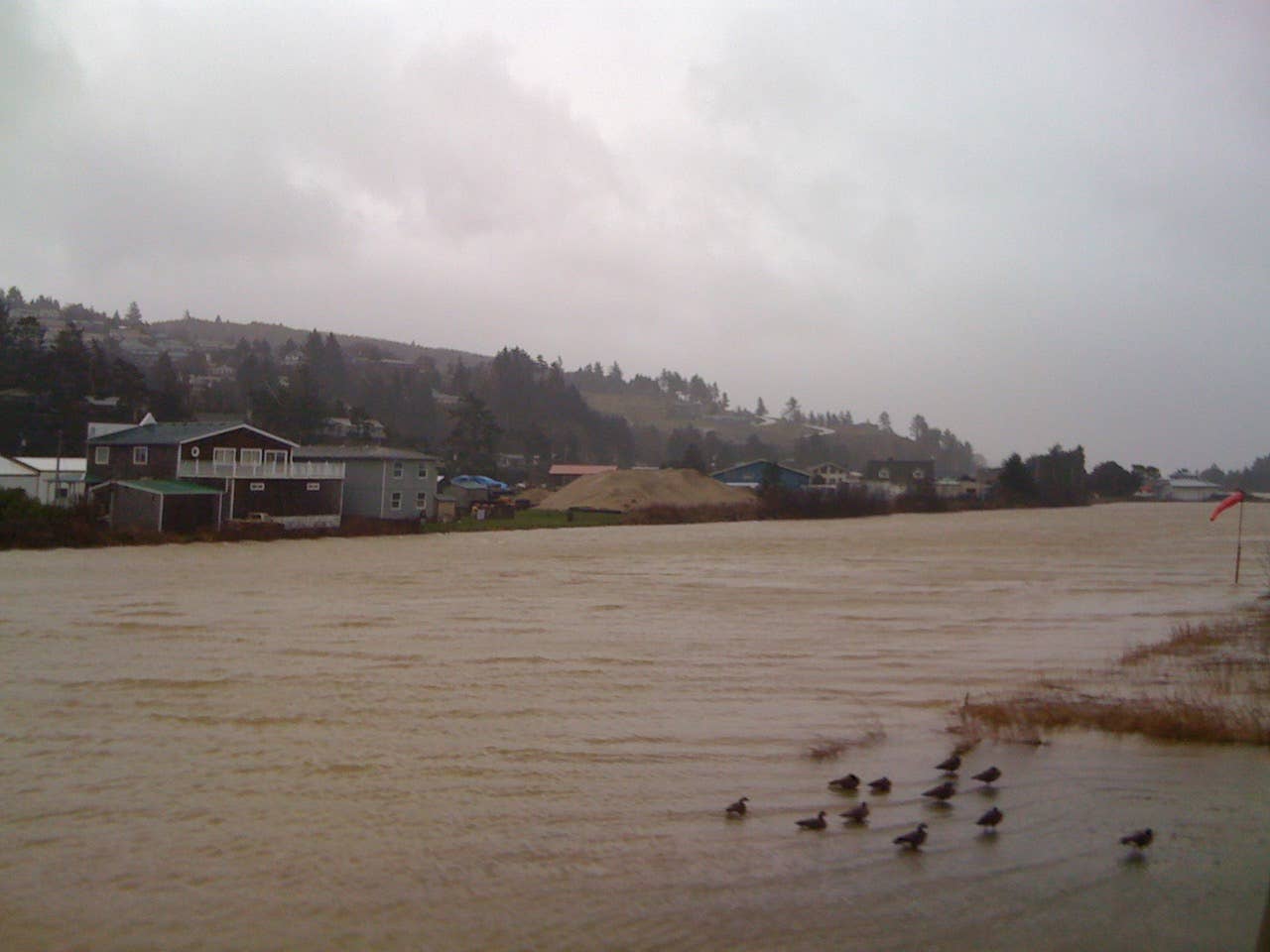What Is Aviation Standard Temperature, and Which Factors Influence It?
Knowing the standard temperature in aviation can help pilots navigate the skies safely and understand how the atmosphere and temperature impact flight.
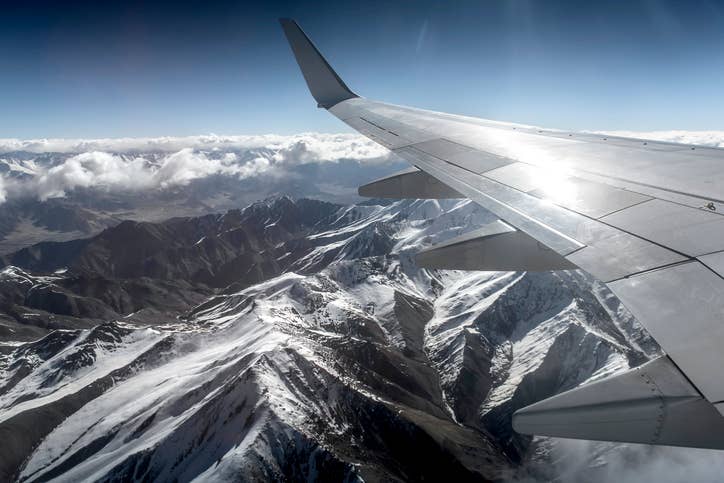
Temperature, altitude and humidity can greatly affect an aircraft’s engine performance, but the aerodynamics involved with flying play a key role as well. [Credit: Auxins]
The International Civil Aviation Organization (ICAO), following the International Standard Atmosphere model, created a standard temperature for aviation to establish a baseline from which manufacturers can develop performance data usable for pilots around the globe. This standard temperature is referred to as the ICAO standard atmosphere temperature, or ISA temp.
Maintaining this aviation standard temperature allows pilots and crews to navigate the skies more safely around unexpected weather hazards. While weather can always bring surprises, being able to properly calculate the conditions often helps pilots to stay ahead of any weather-related dangers.
The standard temperature in aviation is measured at the mean sea level (msl) pressure of 29.92 inches of mercury (inHg) and is 15 degrees Celsius (C) or 59 degrees Fahrenheit (F). The standard temperature decreases 2 C or 3.5 F for every 1,000 feet gained, and this is reasonably accurate up to 36,000 feet msl. From 36,000 feet to 80,000 feet msl, the temperature zone is considered constant around minus–55 C or minus –65 F.
How to Calculate Standard Temperature in Aviation
Calculating the standard temperature in aviation is an easier process than many beginner pilots may think. The standard temperature lapse rate means the temperature is decreasing at a rate of 2 C or 3.5 F per 1,000 feet gained. This holds true up to 36,000 feet msl. So, while the standard temperature at msl is 15 C or 59 F, the standard temperature at 20,000 feet msl is minus-24.6 C or minus-12.3 F.
Temperature and pressure changes can greatly affect the plane and its performance. Knowing how to properly calculate the standard temperature in aviation can help pilots keep their plane performing at its best while enjoying every flight.
How Does the Temperature Affect Aircraft Performance?
Temperature can greatly affect the performance of an aircraft during takeoff, landing, and in flight. Not only can the aircraft’s engine performance be affected, but the aerodynamics involved with flying can vary as well. This is where density altitude and additional altitude definitions are important to understand.
The FAA defines density altitude as pressure altitude corrected for nonstandard temperature variations. Air density decreases as altitude and temperature increase. Both altitude and temperature can cause several things in an aircraft to register a drop in performance, including the engine(s), wings, and propeller(s).
What Is Standard Temperature Lapse Rate in Aviation?
The standard adiabatic lapse rate in aviation is how pilots can calculate the standard temperature, no matter the altitude. While pilots can calculate a lapse rate over the entire vertical extent of the troposphere, it is generally something that is referenced more often in the shallower layers of the atmosphere.
From sea level up to 36,000 feet msl, the temperature decreases at a rate of 2 C or 3.5 F for every 1,000 feet gained. At 10,000 feet msl, there is a standard temperature of minus-4.8 C or 23.3 F. At sea level, the standard temperature is 15 C or 59 F.
What Is Standard Temperature and Pressure in Aviation?
Because atmospheric pressure directly affects the standard temperature in aviation, it is important to know about standard pressure in aviation as well. Standard air pressure at sea level averages 29.92 inHg or 1,013 millibars. This means that when measuring it at sea level, the atmospheric pressure forces the mercury in a barometric gauge to rise to a height of 29.92 inches. The variations in atmospheric conditions led the ICAO to create the standard pressure in addition to the standard temperature.
What Is the Difference Between Standard Temperature and Pressure and Standard State?
Standard temp and pressure in aviation are both different measurements used to reference the atmospheric conditions, but they both directly affect each other. As the atmospheric pressure decreases, so does the temperature. Measured at sea level, the standard temperature is 15 C or 59 F and the standard pressure is 29.92 inHg. The standard state temperature and pressure are referred to as STP.
Just as pilots want a base reference point for atmospheric conditions, scientists want the same simplicity when gases are involved. The standard state temperature is 0 C or 32 F, while the standard state pressure is 105 Pascals.
What Is the Relationship Between Altitude Air Density and Temperature?
Both temperature and pressure decrease as altitude increases. Because the density of the air decreases as altitude increases, the ambient density altitude and pressure altitudes are both important things to consider when flying.
Temperature has a significant impact on an aircraft altimeter. In colder-than-standard conditions, the altimeter overstates the altitude and indicates a higher altitude than the aircraft’s actual position. Conversely, in warmer-than-standard conditions, the altimeter understates the altitude and shows a lower altitude than where the aircraft is.
What is the Relationship Between Viscosity and Temperature?
Viscosity depends strongly on temperature. Colder air has lower viscosity because molecules move less energetically, allowing for smoother air flow. Conversely, warmer air has higher viscosity as molecules move more vigorously, leading to greater resistance to deformation.
Example of the Effects of Temperature on Aircraft Performance
A fairly simple way to understand the effect temperature has on the performance of an aircraft is to think of how an aircraft flies at higher altitudes. The air is less dense at higher altitudes, causing the aircraft to operate less efficiently. High temperatures can have the same effects, causing the aircraft to experience a decline in performance.
Three Factors That Affect Density Altitude
The three main factors that directly affect density altitude are altitude, temperature, and humidity. It is important to understand that density altitude is the real altitude the aircraft seems to be flying at. This means the pilot is correcting the pressure altitude based on the varying temperatures and humidity.
Altitude
The higher the altitude, the less dense the air. When the air is less dense, it means there are fewer molecules within a given volume of air, including oxygen and nitrogen of which the Earth’s atmosphere is composed. The thin air at high altitudes can result in the aircraft engine(s) performing less efficiently, which is a critical thing to consider before operating at high-elevation airports.
Temperature
Like higher altitudes, higher temperatures lead to less dense air. If the temperature goes above the standard temperature, the air density decreases. This delivers the same decreased performance issues as high altitudes, meaning the engine(s), propeller(s), and wings operate less efficiently.
Humidity
Altitude and temperature are the greatest factors to consider before flying, but humidity should be taken into consideration as well. High humidity and temperature can cause the atmosphere to hold a high amount of water vapor. This can play a major role in how the engine(s) performs. While high humidity has a small effect on the overall performance, it should always be considered while flight planning.
Standard Temperature vs. Standard Atmospheric Pressure
When atmospheric pressure is concerned, it is important to know that both standard temperature and standard pressure decrease together. As these different values measure the atmospheric conditions, knowing how to adjust for the changes at varying altitudes is essential for safe flying.
Safely Navigate the Skies at Any Altitude!
Meteorology can be a difficult topic to comprehend. In fact, both new pilots and the most experienced pilots often struggle with weather knowledge. As a result, both can benefit from understanding the standard temperature in aviation and how it affects their flights.
There are a variety of tools and apps available to help pilots determine the specific temperatures and pressures at their departure and destination airports, as well as enroute. Verifying any changes in temperature or pressure during preflight can allow pilots to adjust in a way that will keep their flight running smoothly, from takeoff through landing.
FAQ
What is the FAA standard temp?
Per the FAA’s Aeronautical Information Manual (AIM), the standard temperature at sea level is 15 C or 59 F.
What is the typical temperature of an aircraft?
During normal operations, the Cylinder Head Temperature (CHT) range for most aircraft falls between 150 C to 260 C (300 F to 500 F). The specific temperatures vary based on aircraft and engine type.
What is the ISO temperature in aviation?
The International Standard Atmosphere (ISA) is a static atmospheric model of how the pressure, temperature, density, and viscosity of the Earth's atmosphere change over a wide range of altitudes or elevations. The International Organization for Standardization (ISO) publishes the ISA model as an international standard. The ISA model states the ISO temperature at the standard mean sea level is 15 C (59 F).

Sign-up for newsletters & special offers!
Get the latest FLYING stories & special offers delivered directly to your inbox

